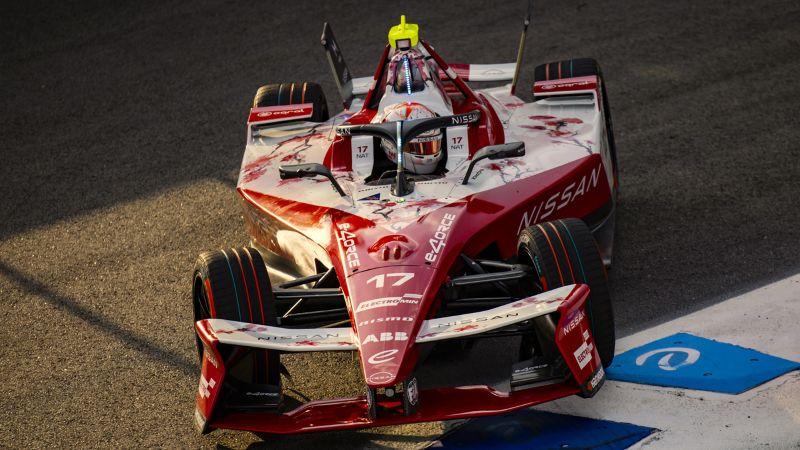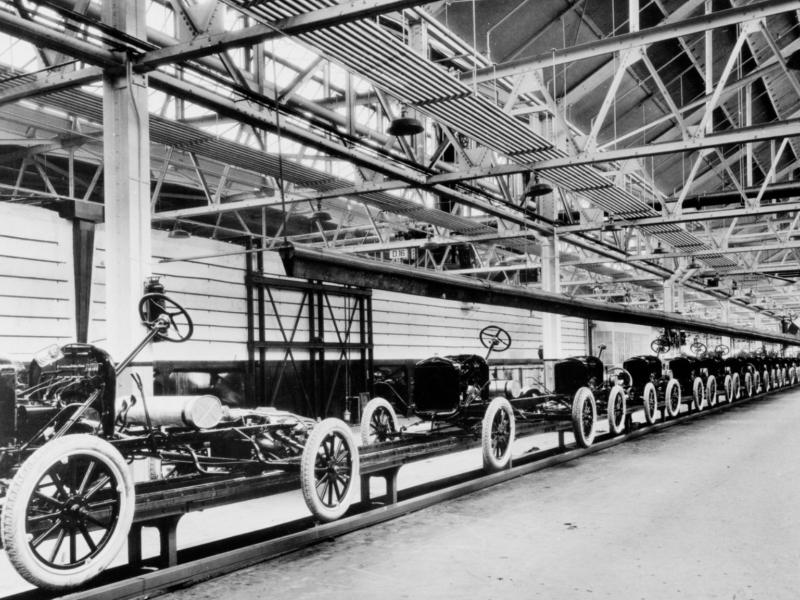When Nissan revealed its Ambition 2030 plan back in November 2021, the company decided to use its Formula E program not only as a promotional platform, but also as a test bed for its electrification technology.
Ahead of the GEN3 era, which began in January 2023, Nissan acquired full ownership of its racing team, gaining complete control from a sporting standpoint. It then took this opportunity to implement a system to transfer the valuable expertise of the Nissan Research and Development team in Japan.
This was done by placing Tadashi Nishikawa into the role of Chief Powertrain Engineer. Fondly known as ‘Tad’, Nishikawa-san is responsible for linking the automotive and motorsport sides of the manufacturer, a crucial role in ensuring a strong connection between the two.
It’s a process which has shown its benefits so far during the current Formula E season (Season 11), with Nissan leading all the championships’ classifications as the team prepares for Round 5 in Miami.
A quarter of the way into the season, Nissan Formula E Team currently tops both the Teams’ and Drivers’ standings, with Nissan holding a 47-point lead in the Manufacturers’ World Championship after accumulating 130 points in the opening four races.
The four Nissan-powered cars (two Nissan Formula E Team cars and two Nissan’s customer team NEOM McLaren Formula E cars) have made up half of the podium positions so far this season, being the only manufacturer represented in the top three at every race during the 2024/25 campaign so far.
A major contributing factor to this remarkable start to the GEN3 Evo era is the strength and efficiency of the Nissan e-4ORCE 05 powertrain, which has greatly benefitted from this technology transfer.
Nissan Formula E Team’s Managing Director and Team Principal, Tommaso Volpe, claims that the “transfer of expertise that the Chief Powertrain Engineer brings from the automotive side of the business to the competitive side of it in our Formula E Team is vital. It shows the importance of the entire Nissan workforce worldwide in helping us to achieve these results on-track.”
Tad’s task upon joining the squad was to develop the powertrain for the current season. Initially, bringing in new ideas led to doubts from his motorsport colleagues, although they quickly came on board with his plans.
“When I joined the Formula E project in June 2021, the GEN3 power unit prototype phase was already completed, so my first chance to make a difference was on the GEN3 Evo powertrain for the Nissan e-4ORCE 05,” explains Nishikawa-san. “There were some doubts from some of my motorsport colleagues when I initially joined because I was coming in with a lot of new ideas from the automotive side. However, when I showed them the simulation and the data behind my work after a few months, I gained their respect as they saw what I could bring to the program.
“There are several reasons why we are performing strongly but, in my role as Chief Powertrain Engineer, it’s important to analyse all the trade-offs that we have to make between different elements of the car,” explains Tad. “It’s about understanding how different parts affect each other, and what that does to the overall performance.
“Ensuring that we maximise the simulation time during the development phase is a key factor ahead of pre-season testing. After that, once we saw the first physical results, we knew that we were heading in the right direction.”
This project thrives on the Chief Powertrain Engineer’s expertise. However, understandably, there are some differences between the automotive and motorsport sides. His experience was a major help for the technology transfer both ways, but the new environment and targets also took some getting used to.
“On the automotive side it’s about mass producing a car that sells strongly and sometimes the overall aim can be lost as you don’t immediately know if it’s been a success. However, in Formula E the target is a lot clearer and easier to see, as you can tell straight away whether you’re quick and efficient or not.”
Reflecting on his time in France, Nishikawa-san concludes: “It’s been an unforgettable experience and one that I would recommend to any fellow Nissan engineers willing to learn and develop their careers in a motorsport environment. The different elements of the role are challenging, but there is a real bond within the team which helps with the acclimatisation and learning process. I would like to thank Tommaso and everyone here at Nissan Formula E Team who made this possible, as well as my amazing family for their support.”
The importance of technology transfer in Nissan Formula E Team’s success
The importance of technology transfer in Nissan Formula E Team’s success
OEM
Thursday, 26 June 2025






